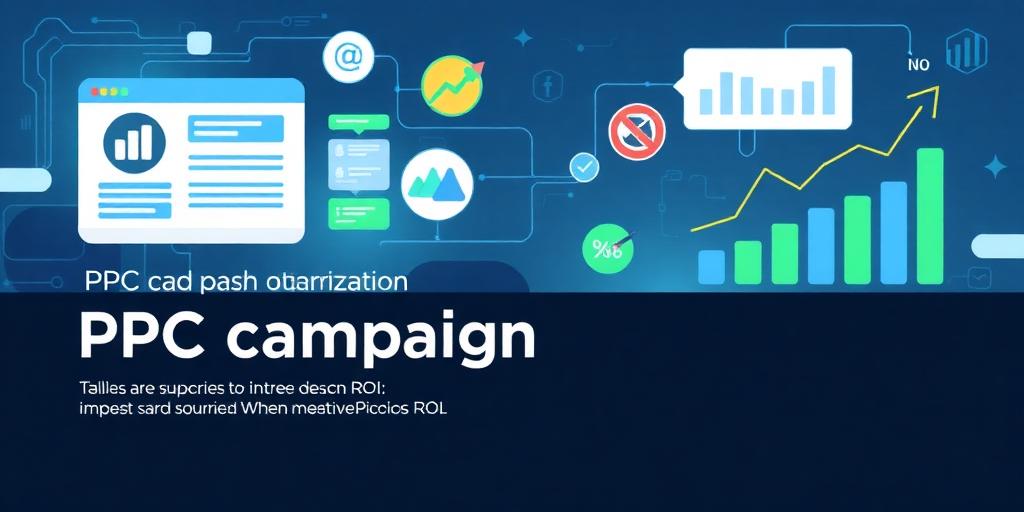Long-Tail Keywords: Why They’re SEO Gold
In the ever-evolving landscape of Search Engine Optimization (SEO), the pursuit of higher rankings often leads marketers to focus on broad, high-volume keywords. However, a treasure trove of opportunity lies in a less obvious strategy: long-tail keywords. These longer, more specific phrases can be SEO gold, offering a unique pathway to attract targeted traffic, increase conversion rates, and ultimately boost your online presence.
What Are Long-Tail Keywords?
Long-tail keywords are extended, more conversational keyword phrases that people use when they're getting closer to making a purchase or using a highly specific search. Typically, they consist of three or more words. For instance, instead of just “coffee,” a long-tail keyword might be “best organic fair trade coffee beans.”
The Power of Specificity
Unlike their shorter, more generic counterparts, long-tail keywords capture search intent with laser-like precision. When someone searches for “affordable Italian leather handbags under $200,” they have a clear idea of what they want. By targeting these specific searches, you're more likely to connect with users who are ready to convert. Here’s why specificity matters:
- Higher Conversion Rates: When you meet a searcher's exact needs, they're more likely to take action, whether it's making a purchase, filling out a form, or subscribing to a newsletter.
- Reduced Competition: Broad keywords are highly competitive. Long-tail keywords, on the other hand, face less competition, making it easier to rank higher in search results.
- Better Qualified Traffic: Attract visitors who are genuinely interested in your offering, reducing bounce rates and increasing engagement.
Finding Your Long-Tail Keywords
Discovering the right long-tail keywords requires a strategic approach. Here are several effective methods:
- Brainstorming: Put yourself in your customer's shoes. What specific questions or phrases would they use to find your product or service?
- Keyword Research Tools: Utilize tools like Google Keyword Planner, SEMrush, Ahrefs, or Moz Keyword Explorer to identify long-tail keywords related to your niche. Look for keywords with lower competition and decent search volume. When choosing, also consider:
- Relevance to your niche
- Competition in search results
- Search volume (how many searches per month)
- Analyze Your Website Search Data: Examine the search queries that users are entering on your own website. This can provide valuable insights into what your audience is looking for.
- Check Competitor Strategies: Identify keywords where competitors may be ranking well and creating content around similar terms, then go further with your content.
- Leverage Question-Based Keywords: Focus on questions your target audience is asking. Tools like AnswerThePublic can help you uncover these queries.
Implementing Long-Tail Keywords
Once you've identified your long-tail keywords, it's time to put them to work:
- Content Creation: Develop high-quality, informative content that addresses the specific needs of your target audience. Blog posts, articles, guides, and videos are all excellent formats.
- On-Page Optimization: Incorporate long-tail keywords naturally into your page titles, headings, meta descriptions, and body text.
- SEO Optimization: Add them into image alt-tags, internal links, and optimize for mobile devices.
- SEO-Friendly URL: Use keywords in your URL when appropriate.
- Link Building: Build backlinks from reputable websites to boost your website's authority.
The SEO Gold Awaits
Long-tail keywords are more than just a supplementary SEO strategy; they're a fundamental component of a well-rounded approach. By tapping into the power of specificity, you can attract highly targeted traffic, improve conversion rates, and ultimately unlock the SEO gold that lies within these often-overlooked phrases. Embrace the long tail, and watch your online presence flourish.
Pro-Tip: Refresh older content, and add additional long-tail keywords for an easy boost!









